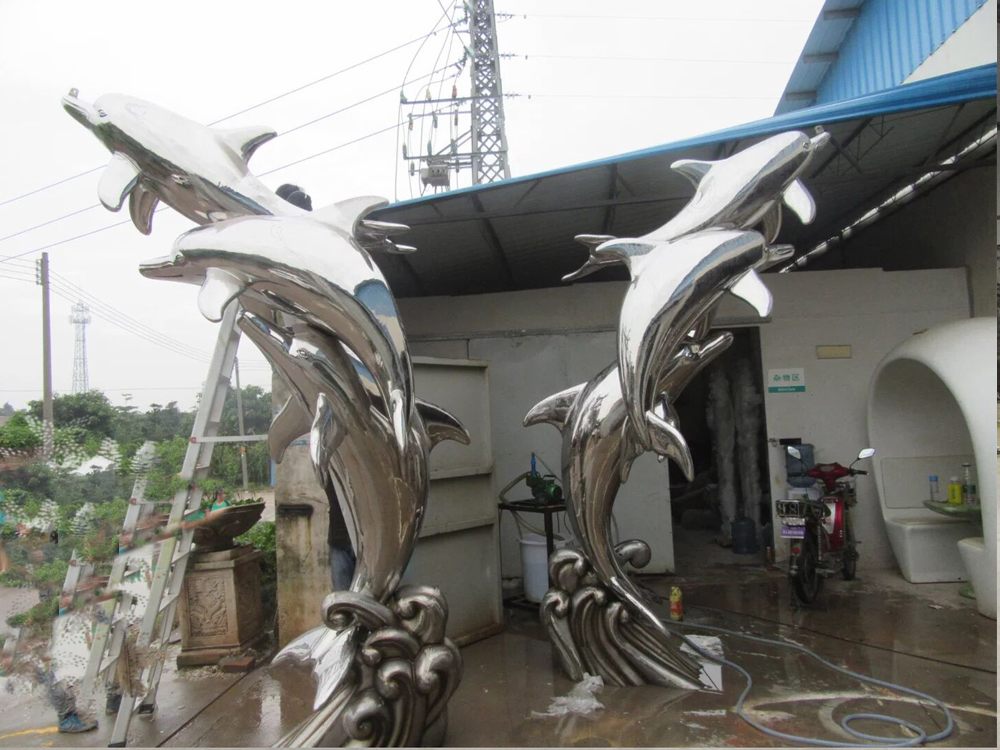
Artists have long captivated audiences by transforming rigid stone into seemingly soft, flowing forms. The illusion of softness in hard materials like marble or granite is achieved through a combination of technical mastery and artistic vision.
One key technique is the careful manipulation of light and shadow. By carving subtle undulations and smooth transitions, sculptors create surfaces that catch light in ways mimicking fabric or flesh. The delicate folds of a marble drapery, for instance, rely on precise gradations in depth to suggest weight and movement.
Another method involves exploiting the stone's natural veining. Strategic placement of flowing lines within the material can enhance the perception of softness. Michelangelo famously used this approach in his Pietà, where the marble's grain appears to ripple like actual cloth.
Contemporary artists often employ specialized tools to achieve ultra-smooth finishes. Diamond-tipped abrasives and polishing compounds allow for surfaces so refined they appear almost liquid. Some sculptors even use microscopic texturing - creating patterns too small for the eye to resolve but which collectively suggest softness.
The psychological aspect plays a crucial role too. By referencing familiar soft forms (like draped fabric or human skin) in hard material, artists create cognitive dissonance that heightens the illusion. This juxtaposition between material reality and visual perception lies at the heart of stone sculpture's enduring fascination.
Through these techniques, artists continue pushing boundaries, making cold stone appear warm, rigid forms seem supple, and immortalizing fleeting softness in enduring materials.

